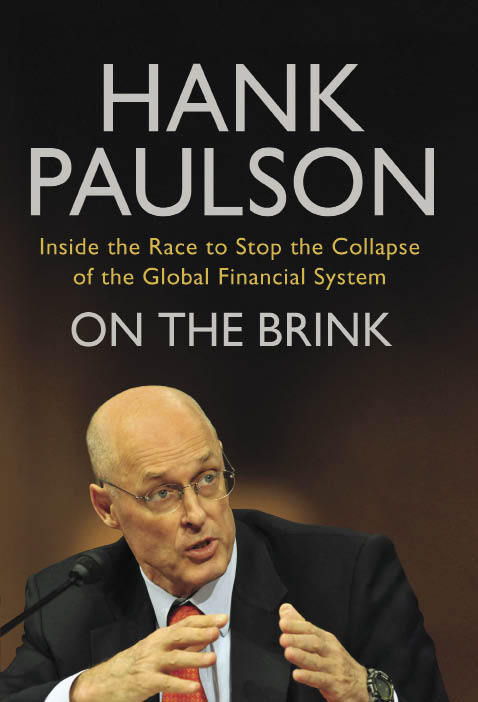Hank Paulson’s new book is called On the Brink, but it could well have been entitled Over the Edge.
Hank Paulson’s new book is called On the Brink, but it could well have been entitled Over the Edge. The story of his role as US Treasury Secretary throughout the great banking crash of 2008–9 gives an impression of people being swept along by a swirling chaos of unexpected events, often completely out of control.
‘This is the economic equivalent of war,’ Paulson said in the middle of the financial crisis in 2008, scrambling to find a resolution for AIG before the insurance behemoth brought down the entire economy. Warfare is certainly what it felt like. For those who lived out the financial crisis on trading desks around the world, reading Paulson’s account will be like reliving the nightmare weekend when Lehman Brothers collapsed in September 2008.
The story starts with Paulson agonising over whether to accept the job as Treasury Secretary in an administration that had become terminally unpopular, not least with his own family. Little more than a year after he eventually accepts, he finds himself facing the early rumblings of the coming crisis. Serial problems — weaknesses in the US housing market, the collapse and rescue of Bear Stearns, the bailout of Fannie Mae and Freddie Mac (the US government-sponsored mortgage firms) — all overlap in a slow motion rehearsal of the crises to come.
The desperate deal-making and interventions put off the evil day, but at a price. We witness moral hazard in the making. As the Lehman’s collapse looms, the leaders of the major American investment banks clearly expect the government to step in to rescue Lehmans and the other at-risk banks in the same way they rescued Bear Stearns and Fannie and Freddie. They clearly believe in ‘too big to fail’.







Comments
Join the debate for just £1 a month
Be part of the conversation with other Spectator readers by getting your first three months for £3.
UNLOCK ACCESS Just £1 a monthAlready a subscriber? Log in